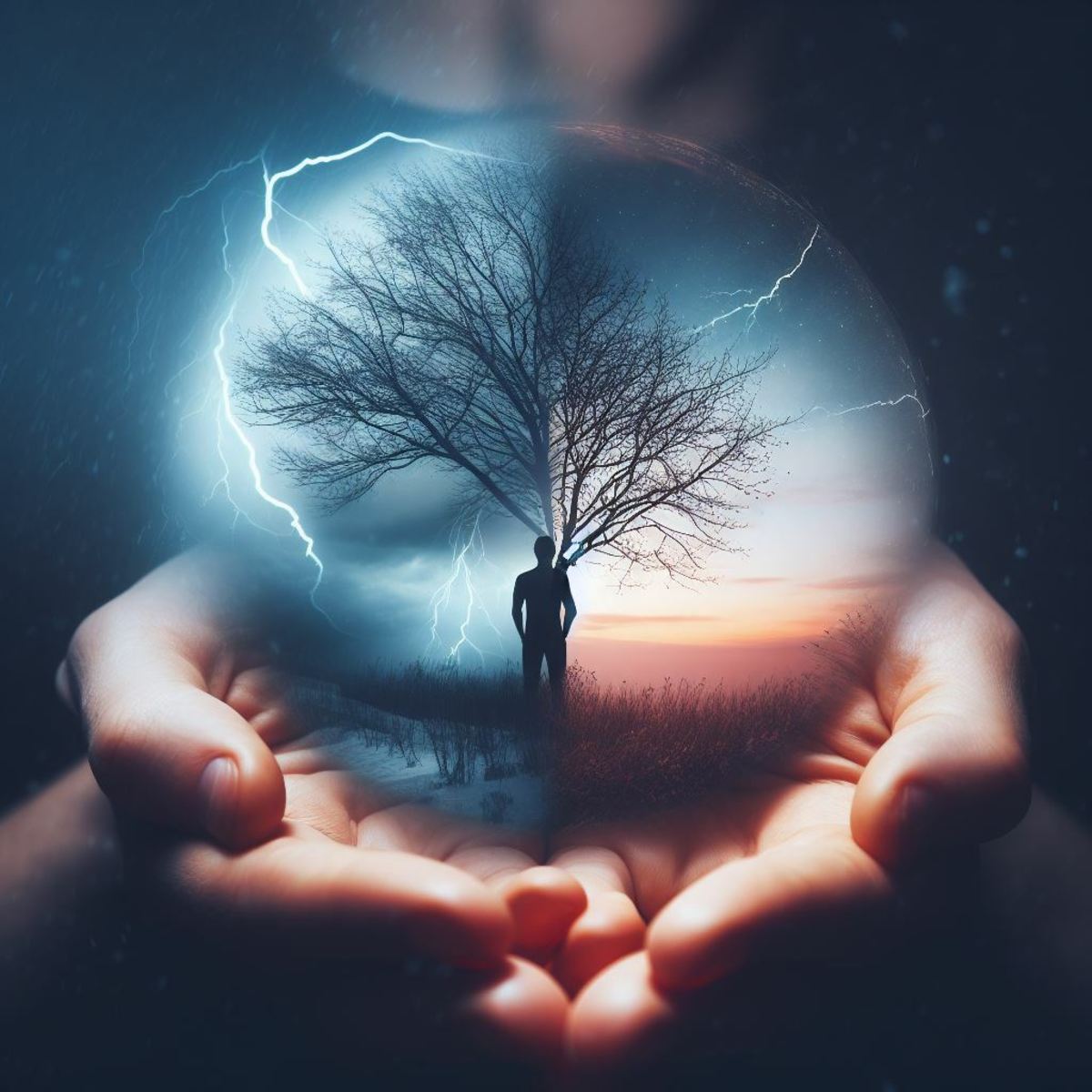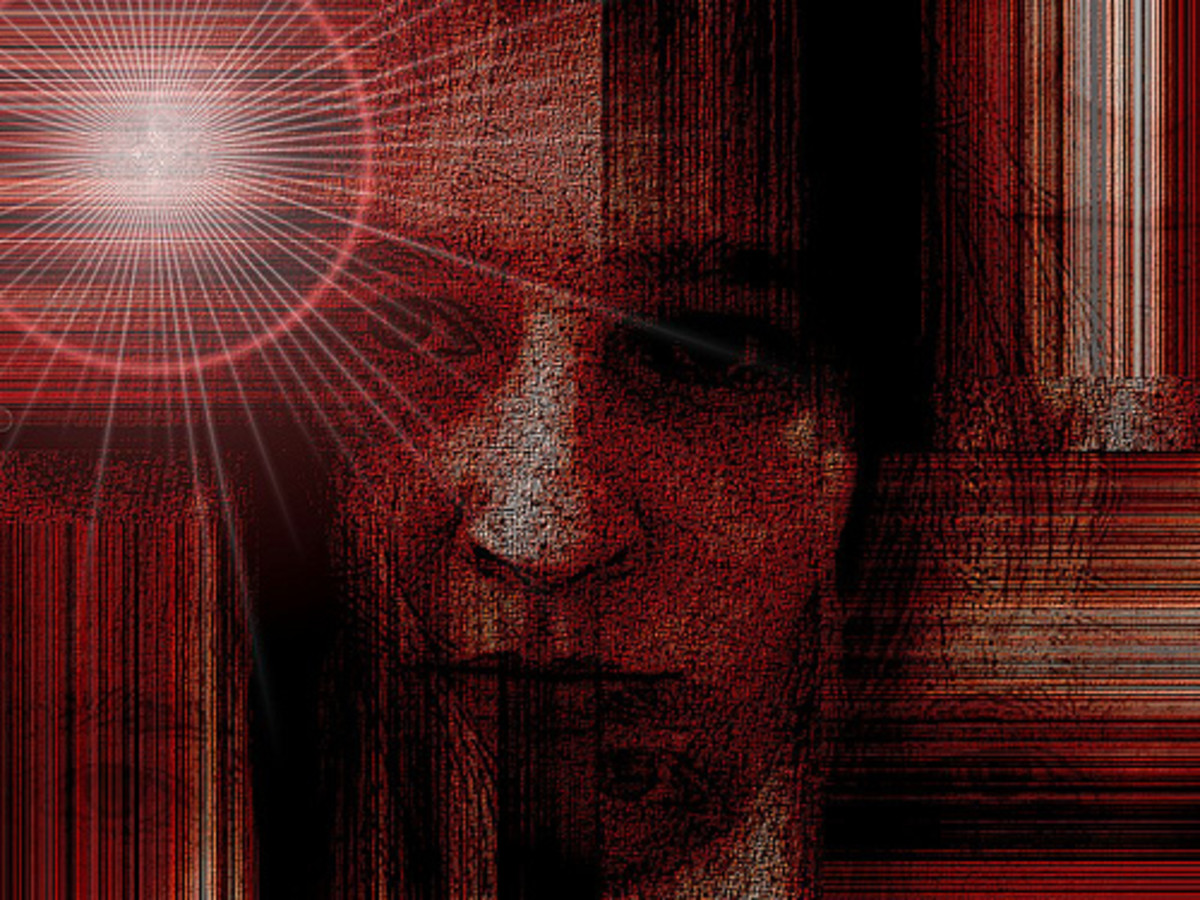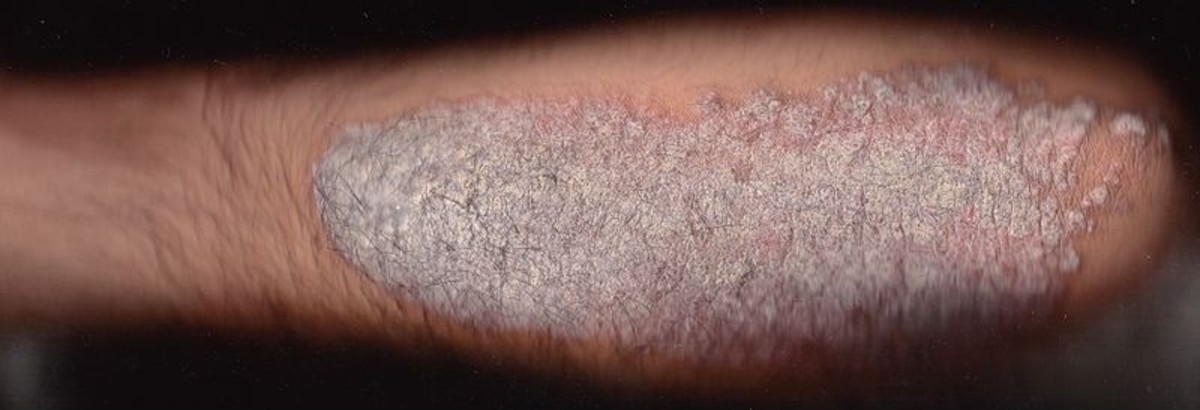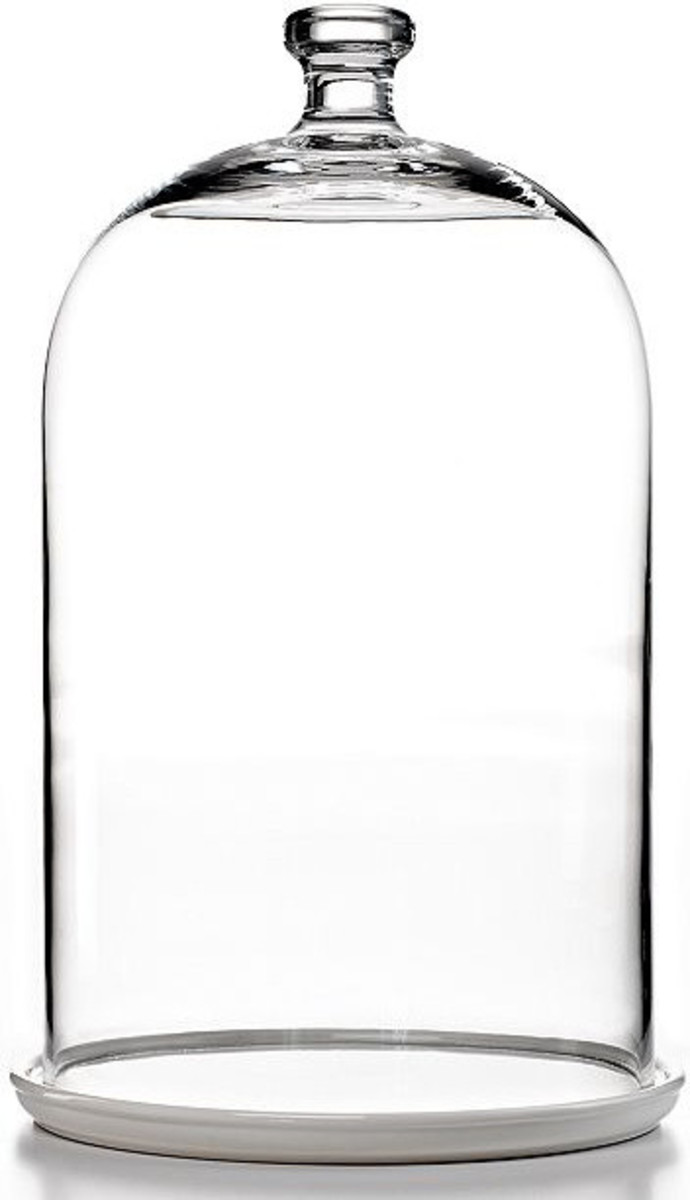- HubPages»
- Health»
- Mental Health»
- Clinical Depression
Depression from the Weather Winter Blues and Seasonal Affective Disorder
Seasonal Affective Disorder
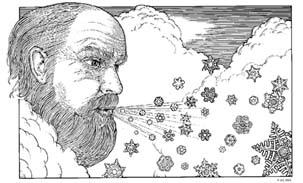
What is Seasonal Affective Disorder?
There is such a thing as winter depression. It is known as Seasonal Affective Disorder or SAD. It usually occurs and reoccurs the same time each year, as the seasons change from autumn to winter. The decrease in sunlight from the shorter days and colder temperatures seems to cause an adverse mood reaction. This is a fairly recent accepted diagnosis, first being written about in 1985.
It is also known as the winter blues, winter depression or hibernation reaction. The distance from the equator seems to play a role. in SAD. This type of depression appears to occur in about 5% of the population, but as much as 20% of the population may have some form of symptoms that are not enough to meet the medical criteria to site this as a diagnosis.
Research has shown that SAD is not as common when there is snow on the ground, probably because the snow reflects light.
Experts who have extensively studied seasonal affective disorder believe that the depression is related to the brain’s response to less daylight hours. It is not totally understood why this happens, but it is believed that sunlight possibly plays a role in the brain’s production of the chemicals in the brain that affect our mood. The chemicals being focused on are melatonin and seratonin.
About Seasonal Affective Disorder
A researcher, Norman Rosenthal, from the National Institue of Mental Health, did a research study, looking at how people’s moods in different geographical parts of the United States were affected by the seasons. He picked several states, Florida, Maryland, New York, and New Hampshire and found that people who lived in Florida had better moods than those in the Northern states.
As seasonal affective disorder became more accepted, it was realized that individuals living in the northern regions of countries around the world were affected the same way. He noticed that the shorter days brought precticable depressive symptoms. Waking up in the morning was difficult, they were more lethargic, had lower energy levels and less enthusiasm for the passions and interests they normally have.
They tended to consume more and higher carbohydrate foods and craved sweets, and would gain weight in the winter season. Relationships and work become impacted by their depressed states. This mental state can last four to five months, and the symptoms alleviate themselves as the days become longer. It is believed that cloudy weather can bring on these symptoms any time of year due to lack of sunshine.
People who live in basement apartments or work in windowless buildings may be equally affected. People with SAD report that they sleep an average of about 2 ½ more hours in the winter, than the summer. Winter blues, which is a milder form of SAD say they sleep a little less than two hours more in the winter, compared to those who are not affected by this seasonal disorder, sleep about 7/10 of an hour more in the wintertime.
Dr. Rosenthal believes that about 6% of the United States population are affected by the winter SAD, and 14% with the winter blues, mostly those who live in the northern regions of the country.
Oslo, Norway has about 14% of the its residents reporting symptoms, New York City, has about 4.7%. Some people can live in the south and have the winter blues, move to a northern climate and have it turn into a full case of SAD.
Dr. Rosenthal believes there may be a genetic component to SAD, as it seems to run in families.
Winter Blues
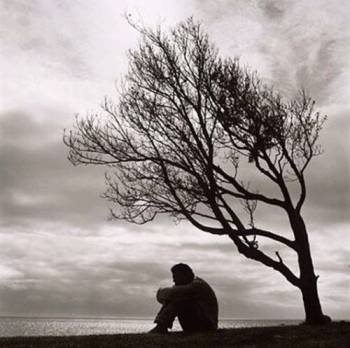
Symptoms of Winter Depression
SAD is recognized by the medical profession as an actual diagnosis. It is included in the DSM, Diagnostic and Statistical Manual for Mental Disorders, as a major depressive disorderthat has seasonal patterns. Mental health professionals are becoming more familiar with these symptoms. People with SAD may be just as depressed or even more, as people with major depressive disorder. The difference between major depressive disorder is that SAD coincides with the winter season. There are very few distinctions biologically between the two type of depressions.
Women appear to have this disorder about four times as often as men do. The average age of onset is about 23 years old, but people of any age can develop it.
- People who suffer from this condition have depressive symptoms that come at the same time every year. A person who is afflicted with SAD often becomes lethargic and more fatigued as winter gets closer, the temperature drops and the days become shorter. As springtime nears and the days are longer, the winter blues begin to dissapate by themselves and their usual mood, demeanor, and energy levels return to normal.
Characteristic of these feelings, people may eat excessively, sleep more, and gain weight.
There are many typical symptoms of SAD
- fatigue, lethargy, tirednes
- depression
- crying
- irritability
- difficulty concentrating
- loss of sex drive
- body aches
- sleeping difficulties
- social withdrawl
- lower activity levels
- overeating including more intake of carbohydrates
- severe cass can also be associated with suicidal thoughts.
Seasonal Changes Affect the Body
Often the symptoms start in autumn and last until the springtime, with the greatest severity occuring during the shortest days of the winter months.
People who live in the northern climates are more affected than people who live in the southern regions. It is believed that the shorter daylight hours may throw off some people’s body clock and make them more susceptible to seasonal affective disorder.
Studies have found that the seasonal changes in light affects chemicals in the brain. This effect is still being studied in order to better understand this disorder. Vitamin D levels seem to play a role in this and other types of depression.
As this condition has become more prevalent, research is uncovering there are things people can do that work quite effectively to combat this seasonal depression. Studies have found that increasing exposure to natural light can be helpful. Sunlight during the winter months tends to alleviate many of the symptoms. Getting outside, sittinge by a southern exposure window and light boxes are all ways to get more light into your system.
Being conscious of doing activities to get more light exposure, might seem inconvenient, but it may very well keep the depression away. Some people replace the light bulbs in the house with full spectrum or broad spectrum bulbs to simulate natural light.
Chemicals in the Brain and Seasonal Depression
When these methods are not as effective, going to counseling for psychotherapy or presciption medications can help battle the winter blues. There is no shame in needing a professional to help beat Seasonal Affective Disorder.
Serotonin and dopamine are both involved in depressive symptoms. SAD patients are responsive to light therapy, with nearly 60% to 80% of these people benefit from this type of treatment. The other types of depression are not responsive to light therapy. Melatonin is a factor in SAD.
It also appears that managing stress and engaging in exercise are helpful. The amount of light needed for each person varies. The ideal light therapy units has about one foot by one and a half feet of surface area that uses white flourescent lights behind a plastic screen that diffuses the light and filters out ultraviolet rays.
Light Therapy and Seasonal Depression
People who have this disorder actually respond well to light therapy. Those afflicted, sit for at least a half an hour, in front of a light box that is specifically designed for patients who have seasonal affective disorder.
Light therapy appears to be most affective in the morning, even though the therapy can be divided throughout the day. It takes about two to four days to see the effects of the light treatments with about 30 to 90 minutes, although the time needed does vary.
In addition to being key in the prevention of seasonal affective disorder, regular exposure to light that is bright, particularly fluorescent lights, significantly improves depression in people with this disorder when it presents during the fall and winter.
This type of treatment is available as light boxes and is 25 times brighter than normal lights in a household. Quantity of light output seems to matter more for the light therapy to be effective. There are some noted side effects such as lack of sleep, irritability, eyestrain, and headaches. Temporarily changing locations to a climate that is characterized by bright light (such as the Caribbean) can achieve similar results.
Light therapy is good to start in the autumn or early winter for the most effective treatment before the symptoms begin. The light treatment is used daily in the morning and evening for best results. People usually sit by the light in the early morning to imitate sunrise. People may become more sensitive to light therapy if they are on psoriasis, antibiotics, and anti psychotic medications.
Light treatment is called phototherapy. Individuals who suffer from seasonal affective disorder will also likely benefit from increased social support during vulnerable times of the year.
Medications for Seasonal Affective Disorder
Medications such as SSRIs, (Serotonin Selective Reuptake Inhibitors), that work as antidepressants have found success in working with people who have seasonal affective disorder. These medications may also have side effects such as nausea, diarrhea, lack of sleep, and lowered sex drive.
Medications combined with psychotherapy will help increase the effectiveness of the prescription drugs. However, people with bipolar disorder may develop panic attacks from these medications or from the light therapy, so do research before you take on any treatment for SAD, as a precaution.
As far as medication, Wellbutrin XL seems to offset SAD if it is given before the start of winter. This was based on three large research studies, which included over 1,000 people in the study.
Acupuncture may be another option as an intervention in dealing with this winter depression.
Additionally, Kelly Rohan, psychologist at the University of Vermont, is working on a specific method using cognitive behavioral therarpy (CBT) to treat seasonal affective disorder. CBT is a form of talk therapy that has been very effective in treating depression, anxiety, relationship issues and other mental health conditions.
Dr. Rohan’s treatment uses 12 one and a half hour therapy sessions that help a person identify, question, challenge, and change the negative thinking that comes with feeling down and depressed. People who are part of the sessions write down their negative thoughts and look for to prove or disprove the thoughts by assessing how accurate their thinking is with the therapist.
Cognitive Behavior Therapy and the Winter Blues
Eventually through the therapist, the patient learns to reframe the negative thoughts by stating more positive ones that reflect more realistically what they are feeling. For example, the phrase "I hate cold weather" might be reframed by saying "I prefer warm weather to cold weather."
The next part of the therapy is spent doing activities the patient enjoys that help uplift their mood. Hobbies and interests like drawing, photography, and other passion that help a person feel happier. In this way, the person with seasonal affective disorder learns to turn the winter season into a productive and satisfying season.
It is believed applying this form of cognitive behavior therapy to patients will also help them deal with future re-occurrences each winer season. Teaching a person to be proactive and to feel productive and active helps ward off depressed feelings. While this type of therapy is still being study, it holds great promise.
There is Hope, There is Help, There is Relief for Winter Depression
Eventually through the therapist, the patient learns to reframe the negative thoughts by stating more positive ones that reflect more realistically what they are feeling. For example, the phrase "I hate cold weather" might be reframed by saying "I prefer warm weather to cold weather."
The next part of the therapy is spent doing activities the patient enjoys that help uplift their mood. Hobbies and interests like drawing, photography, and other passion that help a person feel happier. In this way, the person with seasonal affective disorder learns to turn the winter season into a productive and satisfying season.
It is believed applying this form of cognitive behavior therapy to patients will also help them deal with future re-occurrences each winer season. Teaching a person to be proactive and to feel productive and active helps ward off depressed feelings. While this type of therapy is still being study, it holds great promise.
Winter Blues
Do You Suffer from Seasonal Depression?
Winter Depression
Seasonal affective disorder may begin during the teenage years or in adulthood. In addition to depression people may also have suicidal thoughts or be affected by bipolar disorder.
It is important to have a examination by a medical doctor, blood tests, and other medical tests in order to rule out any physical causes for these symptoms.
Eating healthy, exercising, and watching for early signs that the depression may be worsening are important for your overall mental health. Staying free of substance abuse is wise, since they can increase the depression and judgment.
Try to talk to someone you trust as you struggle with your feelings. Being around caring, positive people will help you. Getting involved in group activities and volunteering is beneficial to battle the winter blues.
Seasonal affective disorder can cause depressive symptoms that should not be ignored. There is much science has learned about this mood disorder, and more that needs to be learned. But if you suffer from winter depression, there is hope, there is help, and there is relief. The most important thing is not let yourself suffer unnecessarily.


